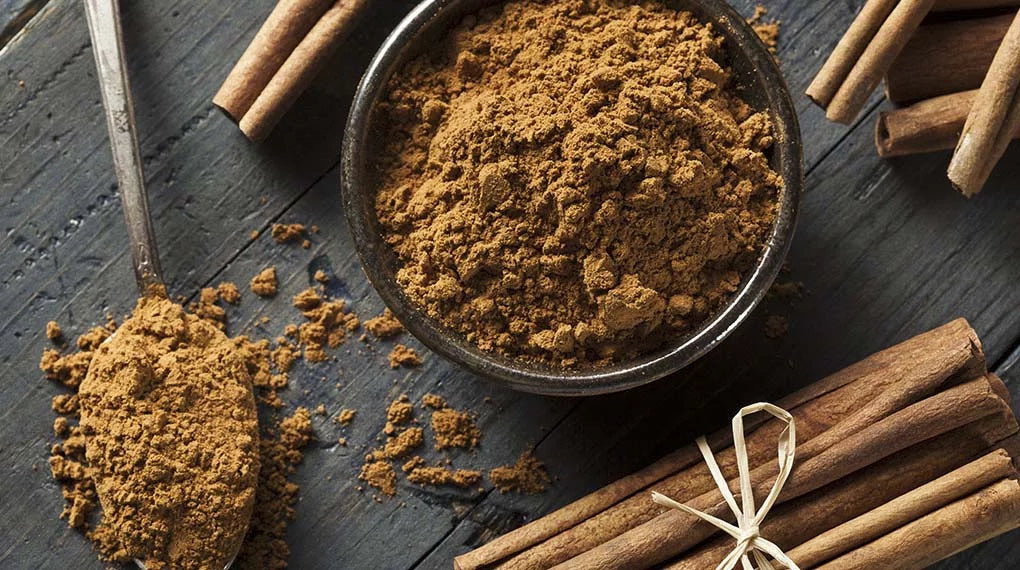





Shipping Policy
Free Standard UK Mainland Delivery When You Spend Over £25* Offer Only Applies To Addresses in England & Wales
How long will my order take to be delivered?
We advise that delivery typically takes 2 to 5 working days to be delivered from order placed, however please allow up to 7 working days for delivery. In certain circumstances this may take longer. Our team will be in contact should your order experience delivery delays. If your order is not with you within 7 working days from when the order was placed, then please contact our customer service team at westmill.consumercare@alliedbakeries.co.uk with your order number.
Orders going to Northern Ireland typically take 2 to 5 working days to be delivered from order placed.
Orders going to British Forces Post Office (BFPO) addresses typically take 5-7 working days for delivery, however sometimes this may be longer.
When will my order be dispatched?
Once your order has been received, it will be reviewed for security checks and then processed. Orders placed before 11am are dispatched the same day, excluding orders that are placed on weekends & bank holidays.
Please know, orders placed after Friday at 11am will not be dispatched until the following Monday. We do not ship orders on weekends & bank holidays.
During every stage, you will be notified by email regarding the status of your order
What courier do we use?
We use one of the following couriers for your order; Evri, Royal Mail, UPS & Yodel. Customers cannot request which courier delivers their parcel, a courier is chosen based on the orders weight and size.
All couriers will use the telephone number and/or the email address provided at checkout to notify you about your order with us.
Where do you ship to and how much is standard delivery?
We offer delivery to the following zones;
British Armed Forces
| Weight | Standard Delivery Rate |
| N/A |
£4.99 |
England & Wales (Including Isle of Wight)
| Weight | Standard Delivery Rate |
| 0 - 999g | £3.20 |
| 1000 - 2999g | £3.99 |
| 3000 and up | £4.99 |
| £25 and up |
Free |
Guernsey, Isle of Man, & Jersey
| Weight | Standard Delivery Rate |
| 0 - 1999g | £3.99 |
| 2000 and up | £14.20 |
Northern Ireland
| Weight | Standard Delivery Rate |
| 0 - 1999g | £3.99 |
| 2000 and up | £10.20 |
Scotland, Highlands & Islands
| Weight | Standard Delivery Rate |
| 0 - 999g | £3.99 |
| 1000 - 2999g | £4.99 |
| 3000 and up | £5.98 |
| £25 and up |
Free |
Orders made to an address outside of the United Kingdom will be cancelled & refunded.
We do not ship orders to address outside the United Kingdom & Channel Islands
Do you offer next day delivery?
Yes we do! We offer next working day delivery to address in England & Wales for £5.99 and addresses in Scotland for £6.99. To receive your order the next working day, order before 1pm, Monday to Friday. Bank holidays & weekends are not classed as working days. Addresses outside England, Scotland and Wales cannot receive next working day delivery.
Can I change my delivery address once I've placed an order?
It is our policy to not change a customer's delivery address once an order has been placed. This is to protect ourselves and our customers from fraud. We advise customers who have placed an incorrect delivery address to contact our customer service team via email with their order number. Please email westmill.consumercare@alliedbakeries.co.uk









